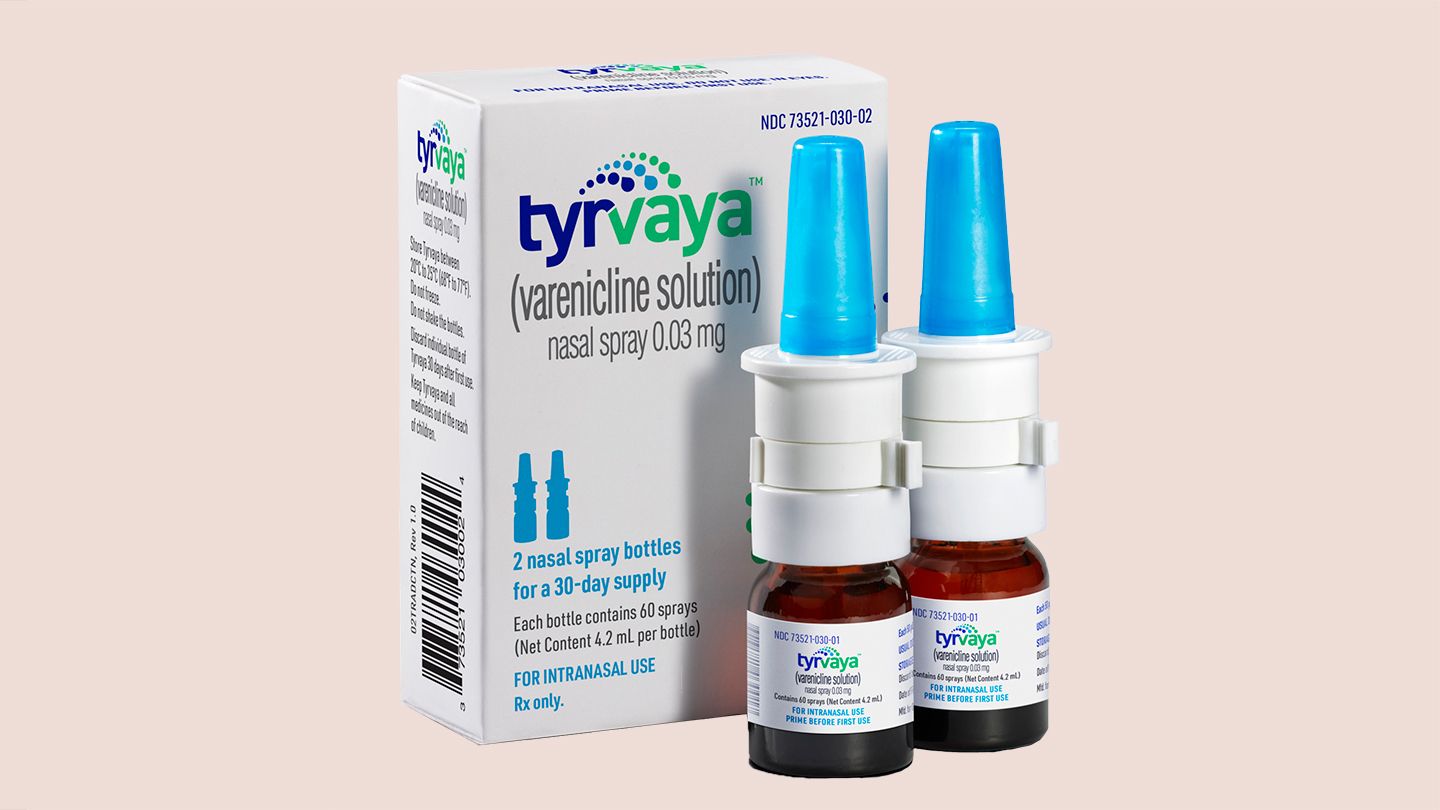If you're searching for the exact Relenza dosage because the flu hit your home (or you're trying to keep it out), let's make this simple and human. For most adults and kids 7 years and older, the usual Relenza dosage for flu treatment is 10 mg inhaled twice daily for 5 days. For prevention, it's typically 10 mg once daily for 10 to 28 daysdepending on whether you've had a close household exposure or there's a community outbreak. Straightforward, right? But here's the catch: timing matters a lot, the Diskhaler has to be used correctly, and folks with asthma or COPD may need a different plan. Let's walk through everything step by step so you feel confidentnot overwhelmed.
What is Relenza
Relenza (generic name: zanamivir) is an antiviral used for treating and preventing the flu (influenza A and B). Think of it like a speed bump for the virus: it blocks an enzyme called neuraminidase, which helps the virus spread from cell to cell. By slowing that spread, your body gets a fighting chance to recover faster.
Quick overview: Relenza (zanamivir) at a glance
Class and action: Relenza is a neuraminidase inhibitor. It helps shorten the duration of flu symptoms and may reduce complications when started earlyideally within 48 hours of symptoms starting. It works against influenza A and B.
When doctors consider a Relenza prescription vs other antivirals: Clinicians may choose Relenza for patients who prefer an inhaled option, can't tolerate pills, or want a non-systemic (mostly local to the lungs) antiviral. They may opt for alternatives like oseltamivir (Tamiflu) or baloxavir (Xofluza) for those who have asthma/COPD, are pregnant, or can't use an inhaler reliably.
Who Relenza is for (and not for)
Ages: For flu treatment, Relenza is approved for patients 7 years and older. For prevention (also called prophylaxis), it's approved for those 5 years and older. If you're reading this as a parent, yesyou'll likely be supervising, especially at first.
Not a substitute for the flu vaccine: Relenza helps with treatment and short-term prevention, but it doesn't replace annual flu vaccination. Timing also matters. The earlier you start treatment after symptoms begin, the better the chance of benefit.
Relenza dosage
Standard Relenza dosage for flu treatment
Adults and children 7+: The usual Relenza dosage is 10 mg inhaled every 12 hours for 5 days. Each 10 mg dose equals two inhalations from the Diskhaler (more on that below). On day 1, aim for two doses at least two hours apart if possible. Many people like one dose with breakfast and one with dinner to keep it simple.
Start within 48 hours: This is crucial. Relenza tends to shorten illness by about 12 days when started early. If you're past the 48-hour mark, talk to your clinicianthere are still scenarios where treatment might be considered, particularly for people at higher risk.
Severe illness: In certain severe cases or complicated flu, a clinician may consider extended treatment based on judgment and updated guidance. That's a conversation to have with your care team.
Relenza dosage for prevention
Household exposure (5+ years): 10 mg once daily for 10 days. Ideally, start within 3648 hours after close contact with someone who has the flu. If your child's sibling just tested positive, this is the classic use case.
Community outbreaks (adolescents/adults): 10 mg once daily for up to 28 days, especially for ongoing exposure (like a dorm or assisted living setting). The usual recommendation is to start within 5 days after an outbreak begins in your community or facility.
A quick clinician note: During specific flu seasons (like H1N1 waves), clinicians sometimes adjusted approaches. Today, your healthcare provider will weigh current strains, resistance patterns, and your personal risk factors to decide on the best antiviral and duration.
Relenza strength and form
Relenza comes as an inhalation powder. Each blister contains 5 mg of zanamivir. A full dose is two inhalations (two blisters) for 10 mg total. The pack includes Rotadisks (a circular blister pack) and a Diskhaler device that punctures the blister and lets you inhale the powder.
How to use
Let's be honest: the Diskhaler looks a bit like a tiny sci-fi gadget. But once you learn it, it's pretty simple. Technique is everything, thoughgood technique ensures you actually get the full dose.
Step-by-step inhalation technique
1) Load the Rotadisk into the Diskhaler as shown in your kit's instructions. Make sure the mouthpiece is dry.
2) Advance the lever to align a fresh blister. Puncture the blister only when you're ready to inhale.
3) Keep the Diskhaler level. Exhale away from the device to avoid moisture getting into the mouthpiece.
4) Place the mouthpiece between your teeth, seal with your lips, and inhale deeply and steadily. Hold your breath for a few seconds if comfortable.
5) Repeat for the second inhalation (that's your two blisters = one 10 mg dose).
Common mistakes that reduce dose delivery
Not keeping the Diskhaler level is a big one. Shallow inhalation is anotherthink slow, deep breath, not a quick sip. Don't puncture the wrong blister or pre-puncture before you're ready. And keep the device and Rotadisk dry; moisture is the enemy here.
Special tips for kids and caregivers
First few doses? Supervise closely. Demonstrate the deep, steady inhalation and then watch your child try. If they cough immediately or you notice powder residue around the lips, they may not be sealing the mouthpiece or inhaling deeply enough. Consider practicing with a "dry run" (without puncturing a blister) to get the feel of the breath.
Bronchodilator timing if you use one
If you have a fast-acting bronchodilator (like albuterol), use it before Relenza if both are prescribed. This helps open the airways so the medication can reach where it needs to go.
Safety first
Contraindications and key warnings
Allergy: Do not use if you're allergic to zanamivir or milk proteins. The inhalation powder contains lactose, which includes milk proteins. This is different from lactose intolerance; it's about milk protein allergy.
Do not nebulize: Relenza is for the Diskhaler only. Do not put it into a nebulizer or a mechanical ventilatorthere's a risk of clogging the equipment, which can be dangerous.
Asthma, COPD, or airway disease
Relenza isn't generally recommended for people with underlying airway disease due to the risk of bronchospasm (sudden airway tightening). If it's used anyway, it should be with caution, close monitoring, and a rescue inhaler on hand. Many clinicians will choose an oral antiviral like oseltamivir instead in these situations.
Neuropsychiatric events
There have been rare reports of delirium, hallucinations, and abnormal behaviormostly in children and teens. These events are uncommon, but if they occur, seek medical advice promptly. Caregivers should keep a close eye during the first couple of days of treatment.
Pregnancy and breastfeeding
The flu itself can be riskier in pregnancy, so antivirals are often considered. The decision to use Relenza (vs an oral alternative) balances potential benefits and risks. Discuss with your obstetric provider; they'll consider your trimester, symptoms, and ability to use the inhaler correctly.
Vaccine interactions
Live attenuated intranasal flu vaccine (LAIV): Avoid using Relenza within 2 weeks before or 48 hours after receiving the intranasal live vaccine. The antiviral can reduce the vaccine's effectiveness.
Inactivated flu vaccines: No timing restrictionsthese can be given anytime relative to Relenza.
Side effects
Most people tolerate Relenza well, but it's good to know what to expect and when to seek help.
Common side effects
Headache, throat irritation, cough, nasal or sinus symptoms, and sometimes nausea or diarrhea. These are usually mild and temporary. If throat irritation happens, sipping warm tea or water can help.
Serious but uncommon reactions
Wheezing or bronchospasm, serious allergic reactions (like facial or throat swelling, hives, difficulty breathing), neuropsychiatric symptoms (delirium, hallucinations), and rare heart rhythm issues. These aren't commonbut they're important to recognize.
Red flags that require urgent care
Sudden wheezing or shortness of breath, swelling of the face or throat, severe rash, or confusion or self-harm behaviors. If any of these occur, seek immediate medical attention.
Compare options
Curious how Relenza stacks up against Tamiflu or Xofluza? You're not alone. Choosing the right antiviral sometimes feels like picking the right umbrella in a windy stormwhat works best depends on the situation.
Relenza vs oseltamivir vs baloxavir
Route: Relenza is inhaled; oseltamivir is an oral capsule or liquid; baloxavir is a single-dose oral tablet.
Ideal profiles: Relenza can be great if you prefer to avoid pills and don't have airway disease. Oseltamivir is common for a wide range of patients, including those with asthma/COPD and pregnant people. Baloxavir is convenientone and donebut has specific timing and interaction considerations.
Airway disease: Oseltamivir typically wins here because Relenza can trigger bronchospasm.
Resistance considerations: Resistance patterns vary by season. Clinicians follow surveillance data to choose the most effective option. According to the FDA Prescribing Information and clinical references such as the Medscape monograph, neuraminidase inhibitors remain key tools when used early.
When a clinician might choose each option
Real-world example: An otherwise healthy adult who caught the flu from a coworker and can handle an inhaler may do well with Relenza. A teen with moderate asthma? Oseltamivir is often preferred. Someone who struggles to remember multiple doses? Baloxavir's single dose can be a lifesaver (of schedules, at least). Pregnant patients are often treated with oseltamivir based on established safety experience.
Real-world tips
I once helped a friend who swore she was "terrible at inhalers." Two practice breaths laterand a reminder to keep the Diskhaler levelshe nailed it. Technique is a small thing that makes a big difference with the Relenza inhaler.
Start fast: why the 48-hour window matters
Flu replication peaks early. Starting Relenza within 48 hours of symptoms (fever, body aches, cough, chills) is like showing up to a race just as it startsnot after the finish line. If you were just exposed (say, your child is positive), call your clinician quickly to discuss prevention dosing.
Technique check: are you getting the full dose?
You should feel or taste a faint powder. If you don't, review the steps: is the blister punctured? Are you keeping the device level? Are you doing a deep, steady inhalation? With kids, a mirror can help you watch their posture and lip seal. If in doubt, ask your pharmacist for a quick technique checkthey're brilliant at this.
Prevention beyond medication
Even with the perfect Relenza dosage, let's not forget the basics. Get your annual flu vaccine. If there's an outbreak, consider masking in crowded indoor spaces. Wash hands often, open windows when possible, and keep a little distance at home if someone's actively sick. It's not glamorous, but it's powerful.
Use cases
Let's bring this to life with two brief stories.
Case 1: The busy parent without lung disease: You start feeling feverish and achy on a Monday morning. You call your clinic within 24 hours, get a Relenza prescription, and start the same day. You use 10 mg twice daily for 5 days. By midweek, you're already turning the corner.
Case 2: The teen with asthma: Your 15-year-old tests positive for flu A, and the clinician opts for oseltamivir instead of Relenza to avoid bronchospasm risk. You monitor breathing, have the rescue inhaler ready, and recovery goes smoothly. Right choices for the right situations.
When to ask
Wondering if Relenza is right for you? That's a great question to bring to your next appointment. Here are a few prompts to consider:
"Given my asthma/COPD/allergies, is a Relenza prescription safe for me, or should I use an oral antiviral?"
"If I start today, how soon should I expect to feel better?"
"What side effects should I watch for, and what's a call-now' red flag?"
Clinicians often refer to the FDA label and trusted clinical references to tailor dosing and safety considerations. If you're a detail person (welcome to the club), you can browse the official sources cited above for exact label language on indications, contraindications, and dosing.
Key takeaways
Let's wrap this up with a quick, friendly recap you can screenshot if you like.
Relenza dosage for treatment: 10 mg inhaled twice daily for 5 days (ages 7+). Start within 48 hours for best results.
Relenza dosage for prevention: 10 mg once daily for 10 days after household exposure (ages 5+); up to 28 days during community outbreaks.
Relenza strength and device: 5 mg per blister; two inhalations per dose using the Diskhaler.
Who should be cautious: People with asthma, COPD, milk protein allergy, or those who received or plan to receive the intranasal live flu vaccine.
What to watch for: Wheezing, allergic reactions, or unusual behaviorseek care if any red flags appear.
At the end of the day, Relenza can be a powerful ally when matched to the right person and started at the right time. If your symptoms just beganor you were exposed to flu in your householdreach out to your healthcare provider today. Ask whether Relenza, Tamiflu, or Xofluza fits you best. And if you end up using the Relenza inhaler, take a breath (literally), keep it level, and you've got this.
FAQs
What is the recommended Relenza dosage for treating flu in adults?
The standard dose is 10 mg (two inhalations) inhaled twice daily for 5 days, started within 48 hours of symptom onset.
How should Relenza be taken for flu prevention after household exposure?
Take 10 mg (two inhalations) once daily for 10 days, beginning within 36‑48 hours after close contact with a confirmed case.
Can people with asthma use Relenza safely?
Relenza can trigger bronchospasm in asthma or COPD patients. It should be used only with caution, close monitoring, and a rescue inhaler on hand—or an oral antiviral may be preferred.
What are common side effects of Relenza and when should I seek medical help?
Typical side effects include headache, throat irritation, cough, and mild nausea. Seek urgent care for wheezing, serious allergic reactions, or neuropsychiatric symptoms such as confusion or hallucinations.
How do I use the Relenza Diskhaler correctly?
Load a fresh Rotadisk, keep the device level, puncture the blister just before inhalation, breathe in slowly and deeply through the mouthpiece, hold briefly, then repeat for the second inhalation. Ensure the mouthpiece stays dry.
Disclaimer: This article is for informational purposes only and does not constitute medical advice. Always consult with a healthcare professional before starting any new treatment regimen.
Related Coverage
Discover the remarkable health benefits of the combination of onions and honey, a potent duo revered for centuries in traditional medicine. #onionsandhoneybenefits...
Can you take NyQuil and ibuprofen together? While mixing some NyQuil formulations with ibuprofen is considered safe, doubling up on acetaminophen by combining certain NyQuil products with ibuprofen can risk liver damage....
A stuffed up nose is normally just a nuisance, but for vulnerable groups it can occasionally turn dangerous if infections spread or breathing is obstructed....
Do sugar-free cough drops break a fast? Find out whether using lozenges impacts insulin, hunger, digestion and if flexibility around illness is recommended....
Nasal mucus contains antibodies, moisturizes tissues, and traps pathogens - learn more about this slimy respiratory defense system with insights from mucus photos....
Honey remains a top natural cough remedy for fast relief day or night. Keep a jar handy to instantly soothe sore throats, reduce coughing fits, allow restful sleep....
Essential oils flu relief guide: safe application tips and the science behind their antiviral and anti‑inflammatory effects....
Do cough drops break a fast? Get the facts on how common cough drop ingredients like sugar alcohols, flavorings, and coatings impact fasting along with natural remedies....
Relieve sinus congestion and open clogged nasal passages with effective home remedies like steam, hydration, saltwater rinses, sprays, aromatherapy oils and more....
Upper respiratory infections like colds, flu, and strep are highly contagious. Learn how they spread, treatment options, and precautions to avoid transmitting illness....








